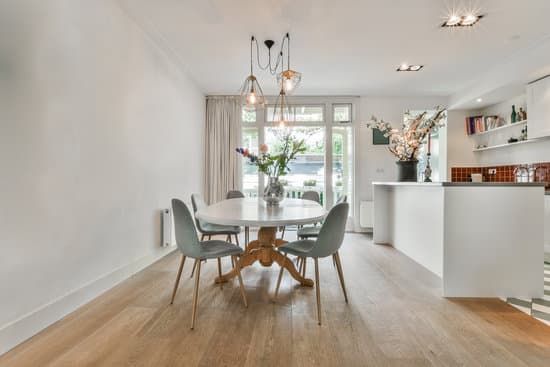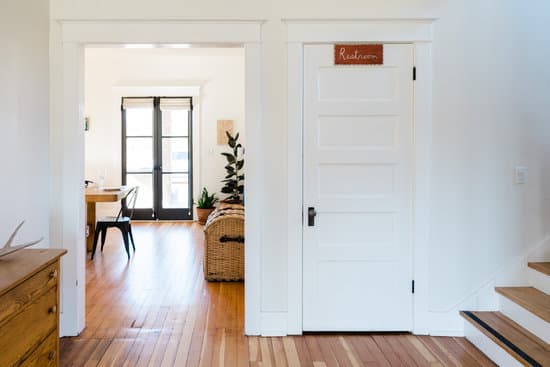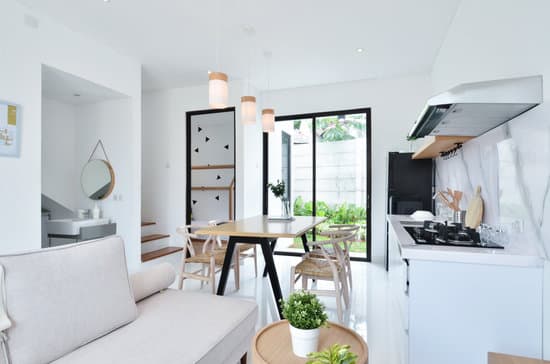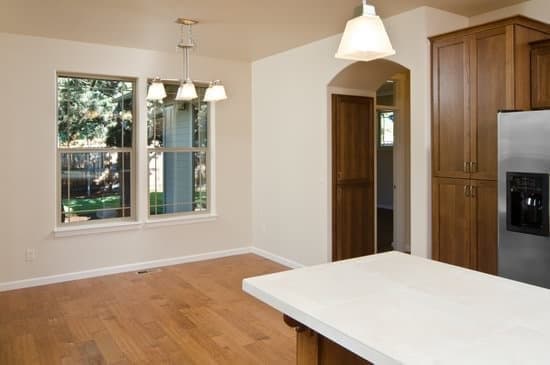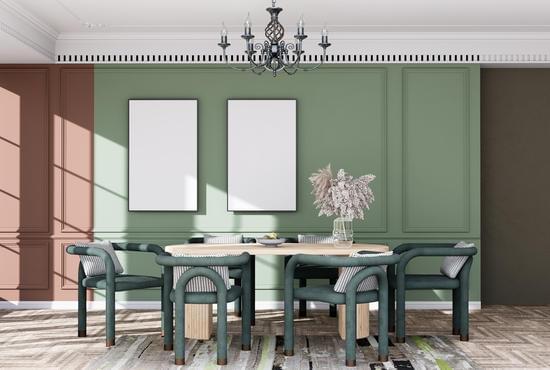Looking to add some extra seating to your kitchen table? Building a kitchen table bench is a practical and cost-effective solution. In this article, we will guide you through the process of constructing your own bench, from choosing the right design and measurements to adding the finishing touches. By following these step-by-step instructions, you can create a sturdy and comfortable bench that will not only enhance your dining experience but also ensure safety for everyone using it.
Choosing the Right Design and Measurements
Now you need to decide on the perfect design and measurements for your kitchen table bench. When it comes to ergonomic considerations, it’s important to choose a design that promotes good posture and provides proper support for your back and legs. Look for benches with a comfortable angle and height that allow you to sit for extended periods without straining your body. Additionally, consider upholstery options that not only add style but also provide cushioning for added comfort. Opt for fabrics that are easy to clean and resistant to stains, as spills are bound to happen in the kitchen. Remember, safety should be a priority, so choose materials that are sturdy and durable, ensuring long-lasting use of your kitchen table bench.
Selecting the Materials and Tools
First, you’ll need to gather the necessary materials and tools for constructing a bench. When comparing different types of wood for your kitchen table bench, prioritize durability and strength. Hardwoods like oak or maple are great options as they can withstand heavy use and last for years. Avoid softwoods like pine, as they may not be as sturdy. In terms of joinery techniques, explore different options such as dowel joints or mortise and tenon joints for assembling the bench frame. These methods provide strong connections that ensure stability and longevity. Remember to wear protective gear like goggles and gloves when working with power tools to prioritize safety. Measure twice, cut once, and follow all instructions carefully to avoid accidents.
Cutting and Assembling the Frame
To cut and assemble the frame, you’ll start by measuring and cutting the wood according to your desired dimensions. Begin by using joinery techniques for a sturdy frame. This will ensure that your kitchen table bench is strong and durable. Use screws or nails to securely fasten the pieces together, making sure to reinforce any joints for added stability.
If you want to optimize space, consider adding a built-in storage compartment underneath the seat of the bench. This can be achieved by attaching hinges to one side of the frame and adding a hinged lid on top. This clever addition allows you to store extra kitchen items or other household essentials neatly out of sight.
Remember, safety should always be a priority when working with tools and materials. Wear protective gear such as goggles and gloves, and take caution when operating power tools. Double-check your measurements before cutting any wood, and always follow manufacturer’s instructions for proper tool usage.
Adding the Seat and Backrest
You can attach the seat and backrest to the frame using screws or nails for a secure fit. To ensure maximum comfort, consider adding cushions to your backrest. Here are some cushion options for a comfortable backrest:
- Memory foam cushions: These provide excellent support and conform to your body shape.
- Lumbar pillows: Designed specifically for lower back support, they help maintain proper posture.
- Inflatable cushions: Adjustable to your desired firmness, these cushions offer customizable comfort.
- Bolster pillows: Long and cylindrical in shape, they provide additional support for your back.
For a stylish seat, upholstery is key. Consider these ideas:
- Patterned fabric: Choose eye-catching patterns that complement your kitchen decor.
- Faux leather: Gives a sleek and modern look without sacrificing durability.
- Velvet upholstery: Adds an elegant touch with its soft texture and rich colors.
- Linen fabric: Offers a casual yet sophisticated appearance that is easy to clean.
Remember to prioritize safety by ensuring the attachments are secure and choosing flame-resistant materials if applicable.
Finishing and Customizing Your Kitchen Table Bench
To give your kitchen table bench a personalized touch, consider adding decorative elements such as painted designs or stenciled patterns. When it comes to upholstering options, safety should be your top priority. Choose durable and easy-to-clean materials that are resistant to spills and stains. You can opt for fabric upholstery with a protective coating or vinyl upholstery for added durability. Make sure to secure the upholstery tightly to prevent any accidents or injuries.
When it comes to painting techniques, choose non-toxic paints that are safe for indoor use. Before painting, sand down the surface of the bench to ensure proper adhesion of the paint. Apply multiple thin coats of paint rather than one thick coat to achieve an even and smooth finish. Consider using stencils or painter’s tape to create intricate designs or patterns on the bench. Don’t forget to seal the painted surface with a clear protective coat to prevent chipping and make cleaning easier. With these finishing touches, your kitchen table bench will not only be functional but also stylish and unique!
Conclusion
So there you have it, a step-by-step guide on how to build your very own kitchen table bench. By following these instructions, you can create a practical and stylish addition to your dining area. Remember to choose the right design and measurements, select high-quality materials and tools, cut and assemble the frame carefully, add the seat and backrest securely, and finish off with your personal touch. With a little time and effort, you’ll have a beautiful bench that will enhance your kitchen space for years to come!

